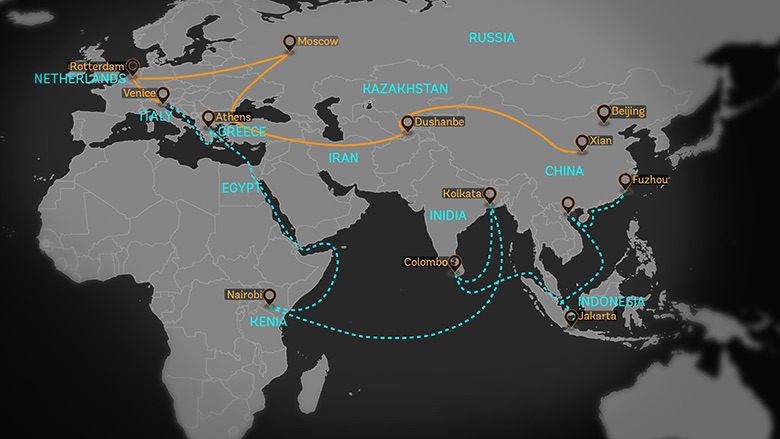Leaders from different parts of the world convened in the Second Belt and Road Forum in Beijing on April 25. The forum discussed a wide array of issues including corruption, building infrastructures, environment, and trade. The forum features an overhaul of the Belt and Road Initiative (BRI), now highlighting the establishment of anti-corruption mechanisms and other cleaning up measures in response to the question of sustainability and corruption allegations which marred its original conception.
What is BRI?
BRI is the highlight of China’s President Xi Jinping’s foreign policy. Its primary aim is to make the China-dominated Eurasia a rival to the US-dominated economy in the transatlantic. In order to this, a lot will be invested in building infrastructures as well as routes which will make transport easy for the countries involved in the initiative. China will be providing loans in participating countries to ideally accelerate the development in these nations.
Who are involved?
Countries in the vicinity of the ancient Silk Road, as well as the 21st century Maritime Silk Road, are the target countries of BRI. A huge proportion of the participating countries are still developing. While this may entail an opportunity for enhanced growth, this may also end up causing harm to these countries if they end up being incapable of paying their debt to China. This is why some critics pointed out the initiative may be a form of a debt trap.

But why?
In principle, at the very least, the initiative’s motivation is more than just helping out countries to attain growth. For China, developed economies surrounding it will serve as a new market for local companies. This will also expand the areas China can export their own products, especially since they have an excess in construction materials like cement and steel. Since the project involves the creation of new routes, China’s high-speed rail industries are also expected to flourish.
What do we need to watch out for?
BRI is expected to attain completion by 2049. Given a long-term project with such high stakes, vigilance and mutual transparency from China and the participating countries are needed. This project can potentially serve as the answer to countries which need development. On the flip side, this could also become these countries worst nightmare.
From our partners:
With so much at risk, we can only hope for the best.













